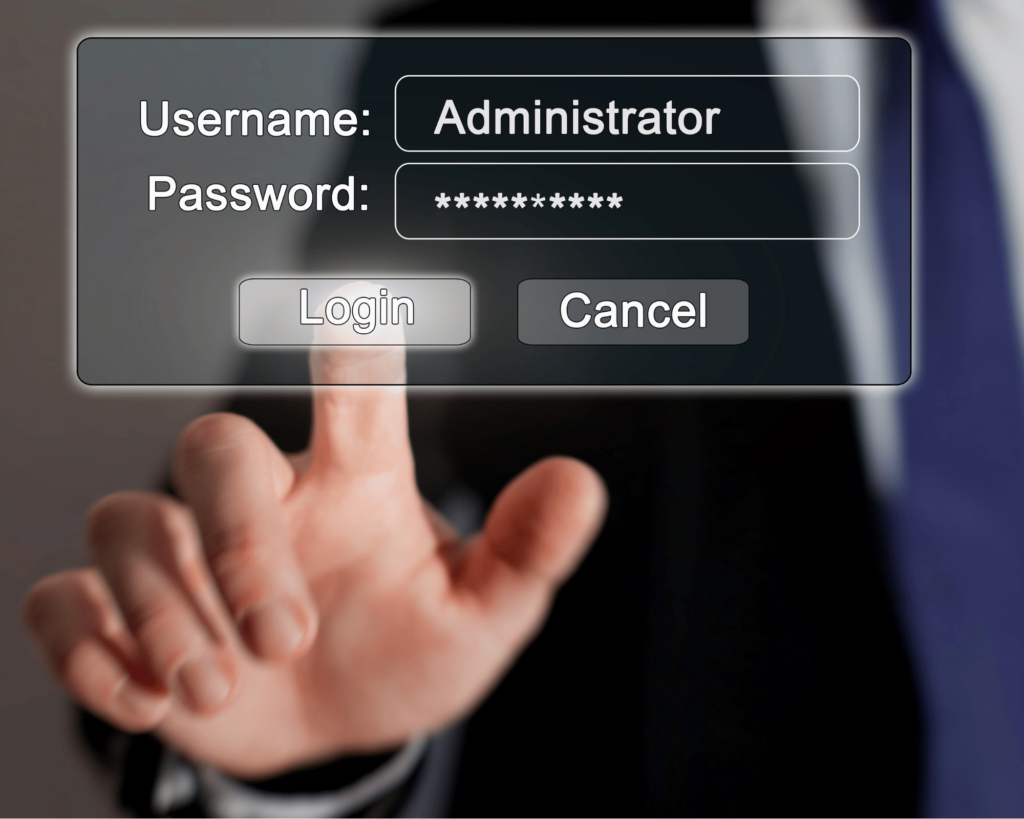Introduction
In an era where digital connectivity is paramount, cybersecurity breaches have become alarmingly frequent, posing significant threats to both individuals and organizations. One such incident recently involved TeamViewer, a widely-used remote access and control software. This essay will explore the details of the TeamViewer security breach, its impact, the response from the company, and the broader implications for cybersecurity.

Overview of TeamViewer
TeamViewer, founded in 2005, has grown to become a leading provider of remote access and control solutions. The software allows users to connect to devices remotely, facilitating IT support, remote work, and collaboration across the globe. With over 2.5 billion installations and millions of active users, TeamViewer’s importance in the market cannot be overstated. Its key features, such as screen sharing, file transfer, and remote printing, make it an indispensable tool for businesses and individuals alike.
Details of the Security Breach
On June 26, 2024, TeamViewer’s security team detected an irregularity in their internal corporate IT environment. The breach, identified as CVE-2023-0837, allowed unprivileged users to access and change basic device settings, even if these had been locked by an administrator. This vulnerability, present in versions 15.41 to 15.42.7, posed a significant risk as it could lead to unauthorized configuration changes. The breach was promptly disclosed, and a hotfix was released to address the issue. Additionally, the widely-used third-party open-source project curl/libcurl, tracked as CVE-2023-38545, was also found to be vulnerable, further complicating the situation.
Immediate Impact
The immediate impact of the breach was felt by users and the company alike. Customers expressed their concerns and frustrations on social media and public forums, fearing potential data compromises and unauthorized access to their devices. The financial repercussions were also significant, with a noticeable dip in TeamViewer’s stock prices and potential revenue loss. The reputational damage was considerable, as trust in the company’s ability to secure its software was called into question.
Company Response
TeamViewer’s response to the breach was swift and comprehensive. The company immediately activated its response team and collaborated with globally renowned cybersecurity experts to investigate and mitigate the breach. Communication with users was prioritized, with regular updates provided on the steps being taken to address the issue. In the long term, TeamViewer implemented several security enhancements and policy changes to prevent future breaches. The company also reported the incident to relevant cybersecurity agencies and took legal actions where necessary to hold perpetrators accountable.
Broader Implications for Cybersecurity
The TeamViewer breach underscores the critical importance of robust security measures and regular security audits. It serves as a stark reminder that even well-established companies are vulnerable to cyberattacks. The incident has prompted changes in cybersecurity practices across the industry, with increased awareness and vigilance among users and organizations. Future trends in cybersecurity are likely to focus on advancements in technology, such as AI-driven threat detection and response systems, and potential regulatory changes to enforce stricter security standards.
Conclusion
In summary, the TeamViewer security breach highlights the ever-present threat of cyberattacks in our increasingly digital world. The breach had significant immediate impacts, including user concerns, financial losses, and reputational damage. However, TeamViewer’s prompt and comprehensive response, coupled with broader industry lessons, underscores the importance of prioritizing cybersecurity. As we move forward, it is crucial for companies and users alike to remain vigilant and proactive in safeguarding their digital environments.